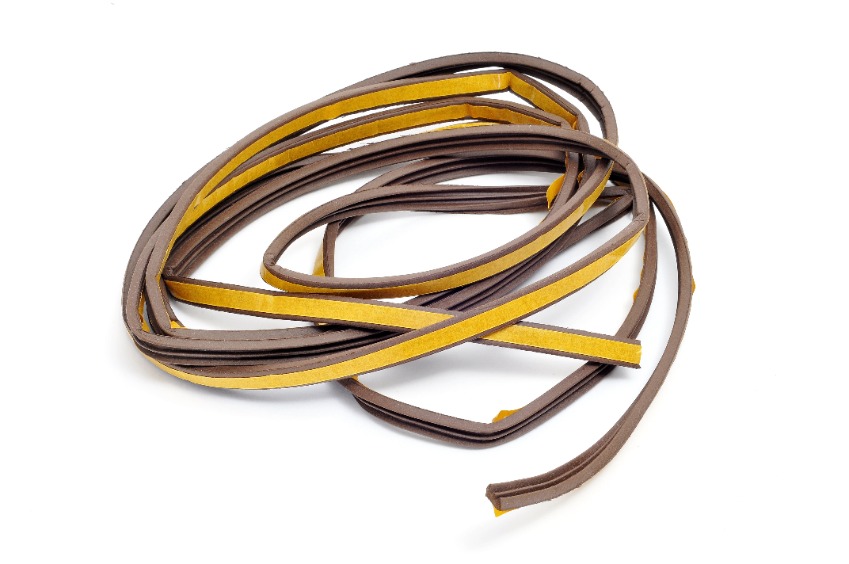If you are looking for a way to keep your house warm this winter without turning up the heat, weather-stripping your windows is a great place to start. Weather-stripping is a simple and relatively inexpensive way to seal up gaps and cracks around your windows, preventing drafts and helping to insulate your home. This article gives a quick guide on how to do it.
First, take a close look at your windows and identify any gaps where air might be coming in. These could be cracks around the frame or gaps where the window slides up and down. Once you have located the problem areas, it is time to select the right weather stripping. There are a variety of different materials and shapes available, so you will need to choose one that best fits your needs.
For example, felt strips are good for sealing small cracks, while foam tape is ideal for larger gaps. Once you have your supplies, simply follow the instructions on the packaging to install the weather stripping. In most cases, all you will need is a utility knife and some adhesive.
Different Ways to Weather-Strip Windows

Weather-strip that is used to winterize your windows
- Using Caulk
There are a few different ways to weather strip windows, but one of the most popular methods is to use caulk. First, remove any old caulk or sealant from around the window frame. Then, apply a bead of caulk around the perimeter of the window. Be sure to smooth it out with a putty knife so that it forms a tight seal. Once the caulk has had a chance to dry, you can add an additional layer of protection by installing weather stripping around the edges of the window. This will create an extra barrier against drafts, helping to keep your home warm and comfortable all winter long.
- Using Felt Strips
Felt strips are an easy and effective way to do this. Simply cut the strips to fit the width of your window, and then attach them to the frame using an adhesive. Once in place, the felt strips will help to block drafts and keep heat from escaping. In addition, they can also help reduce noise pollution from outside. As a result, weather-stripping your windows with felt strips is a great way to improve both the comfort and energy-efficiency of your home.
- Using Foam Tape
Foam tape is an inexpensive and easy way to seal up any gaps around your windows, and it can make a big difference in keeping your home warm this winter. Simply clean the surface around the window, then remove the backing from the foam tape and press it into place. You may need to use a putty knife to help get a tight seal. Once the foam tape is in place, you will notice a difference in both the temperature of your home and your energy bill.
- Storm Windows
Another option is to install storm windows. These separate windows fit over your existing windows and provide an extra layer of protection against the elements. Storm windows can be either permanent or temporary, depending on your needs. They are also a great option because they provide an extra layer of protection against the elements. In addition to helping to keep your home warm, storm windows can also help to reduce noise pollution and prevent pests from entering your home. Storm windows are relatively easy to install and can be a great way to improve the comfort and efficiency of your home this winter.
- Window Film
Finally, you can also use a window film to help insulate your windows. Window film is applied directly to the glass and helps to reflect heat back into the room, making it more comfortable in both winter and summer. Window film is an easy and inexpensive way to seal up gaps and keep heat from escaping. Simply clean the window surface and apply the film. Then use a hair dryer to shrink the film and create a tight seal. You will notice a difference immediately – your home will feel warmer and cozier all winter long.
With winter on the way, now is the time to start thinking about how to make your home more energy-efficient. Cold drafts coming through your windows can make even the coziest home feel chilly. In fact, drafts can account for a significant amount of heat loss in your home – up to 30% according to the U.S. Department of Energy. One simple and effective way to do this is to weather strip your windows. This will help to keep warm air inside your home and cold air out, saving you money on your heating bill.
